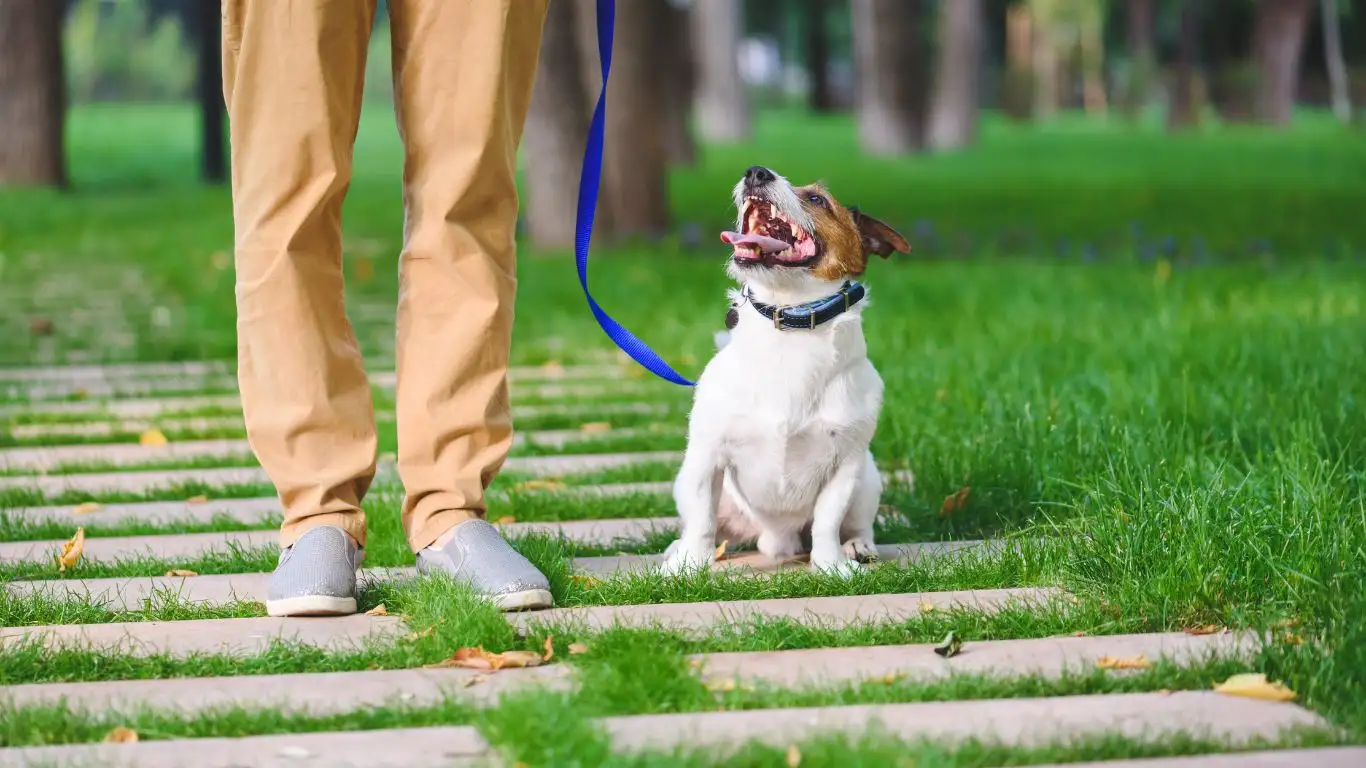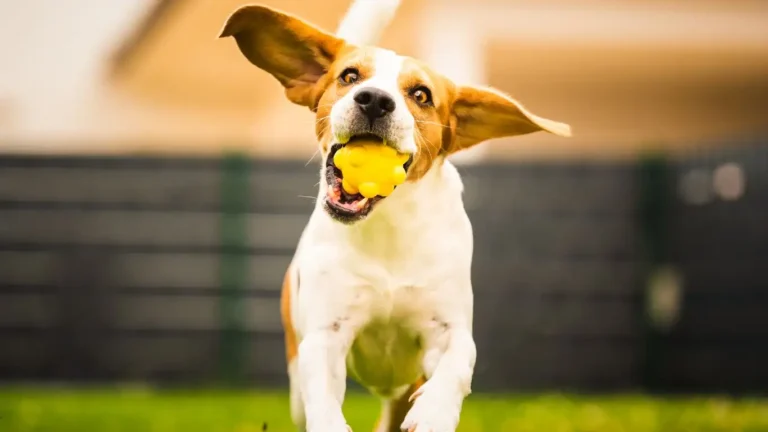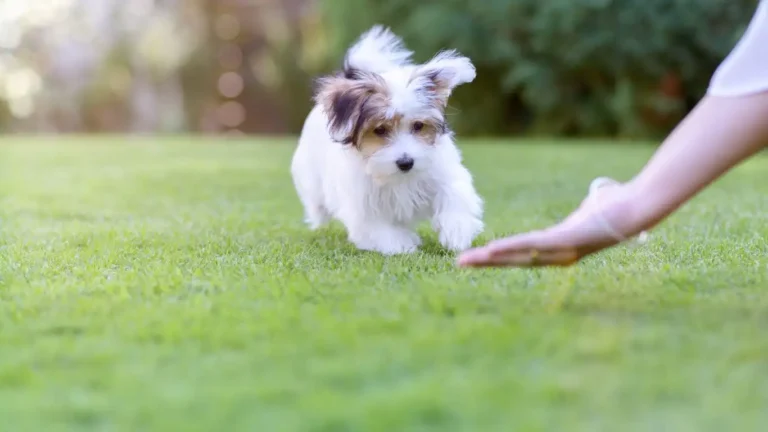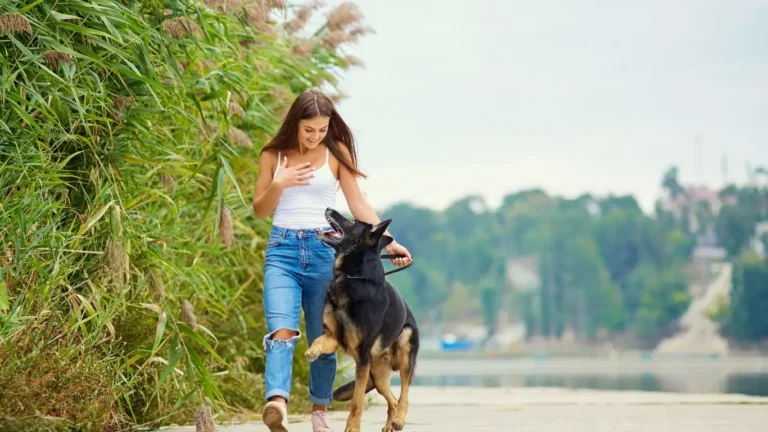Stop Crate Panic: Proven Tips to Train Your Dog to Stay Calm
Ever tried everything to make your dog feel comfortable in a crate, only to watch them spiral into full-blown panic mode the moment the door shuts? You’re definitely not alone. As someone who’s worked for years as a Canine-Assisted Therapy Trainer, I’ve seen the stress crate anxiety can cause—not just for dogs, but for their humans too. Today, we’re diving deep into how to train a dog to stop panicking when crated. Trust me, there’s hope—even for the pups who act like crates are portals to another dimension.
Understanding Why Crate Panic Happens
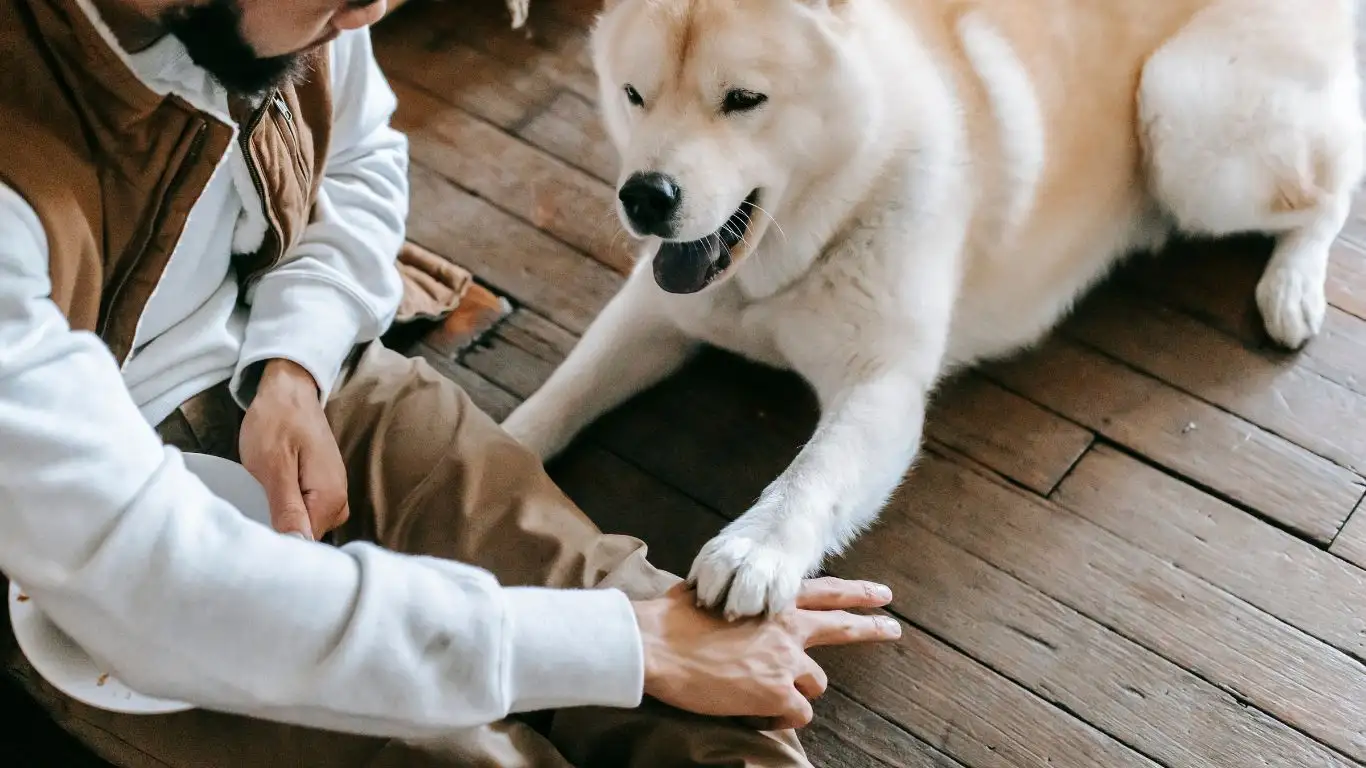
This isn’t just about a dog “being stubborn.” Crate-related panic usually comes from a place of fear, confusion, or even past trauma. One of the dogs I worked with—Bentley, a rescue Lab mix—used to chew through metal bars like it was nothing. It wasn’t until we pieced together his background that we realized he’d been locked up and isolated for long periods before his adoption. That experience stuck with him.
So first things first, before we try to “fix” crate behavior, we have to understand where it’s coming from. Panic isn’t bad behavior; it’s a response to discomfort. The goal here isn’t just to get your dog to tolerate the crate—it’s to help them feel safe in it.
Common Triggers to Watch For
- Being left alone too long (separation anxiety)
- Negative past associations with confinement
- Lack of proper crate training from puppyhood
- Unfamiliar or uncomfortable crate setup
- Overstimulation before crating (like rough play or loud environments)
If you’re seeing signs like barking, whining, panting, excessive drooling, or escape attempts, these are red flags your pup isn’t just “acting out”—they’re overwhelmed.
Setting the Stage for Success: Crate Prep Matters
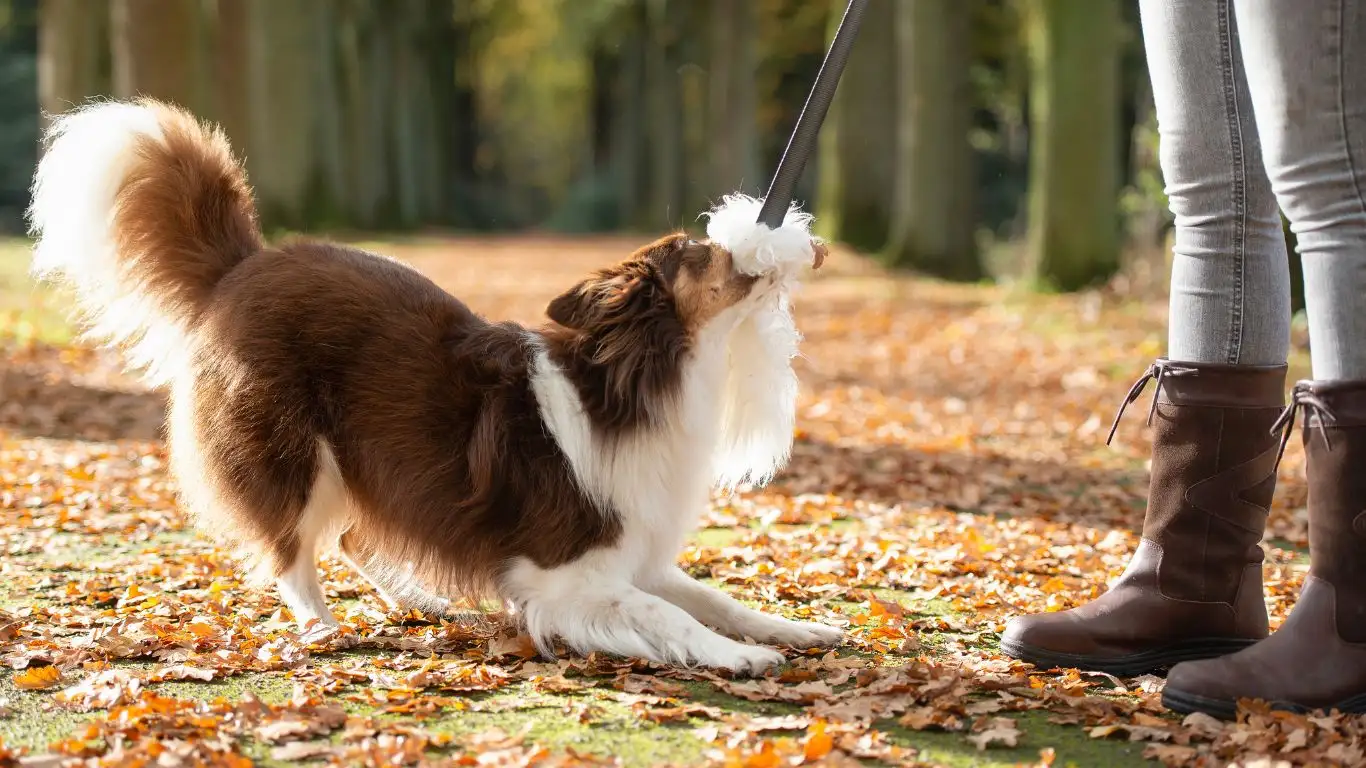
Before we talk about training techniques, let’s set up the environment. You wouldn’t want to sleep in a hard, cold box with no pillows—neither does your dog. I always tell clients: make the crate a place your dog wants to be, not a place they’re forced into.
How to Make the Crate Inviting
- Pick the right size: Your dog should be able to stand up, turn around, and lie down comfortably. Not too cramped, not too spacious.
- Comfy bedding: Add a soft crate pad or blanket that smells like home.
- Leave the door open: In the beginning, let your dog explore without locking them in. I call this “crate dating”—take it slow!
- Toys and enrichment: Try puzzle toys or safe chew items. These can help your dog associate the crate with good things.
- Location, location: Keep the crate in a quiet but not isolated area of your home—like your bedroom or near your workspace if you work from home.
When I was working with Bella, a high-strung shepherd mix, we discovered she felt calmer when her crate was near the living room where she could hear people moving around. Simple change, big impact.
Starting Small: Crate Training in Tiny Steps
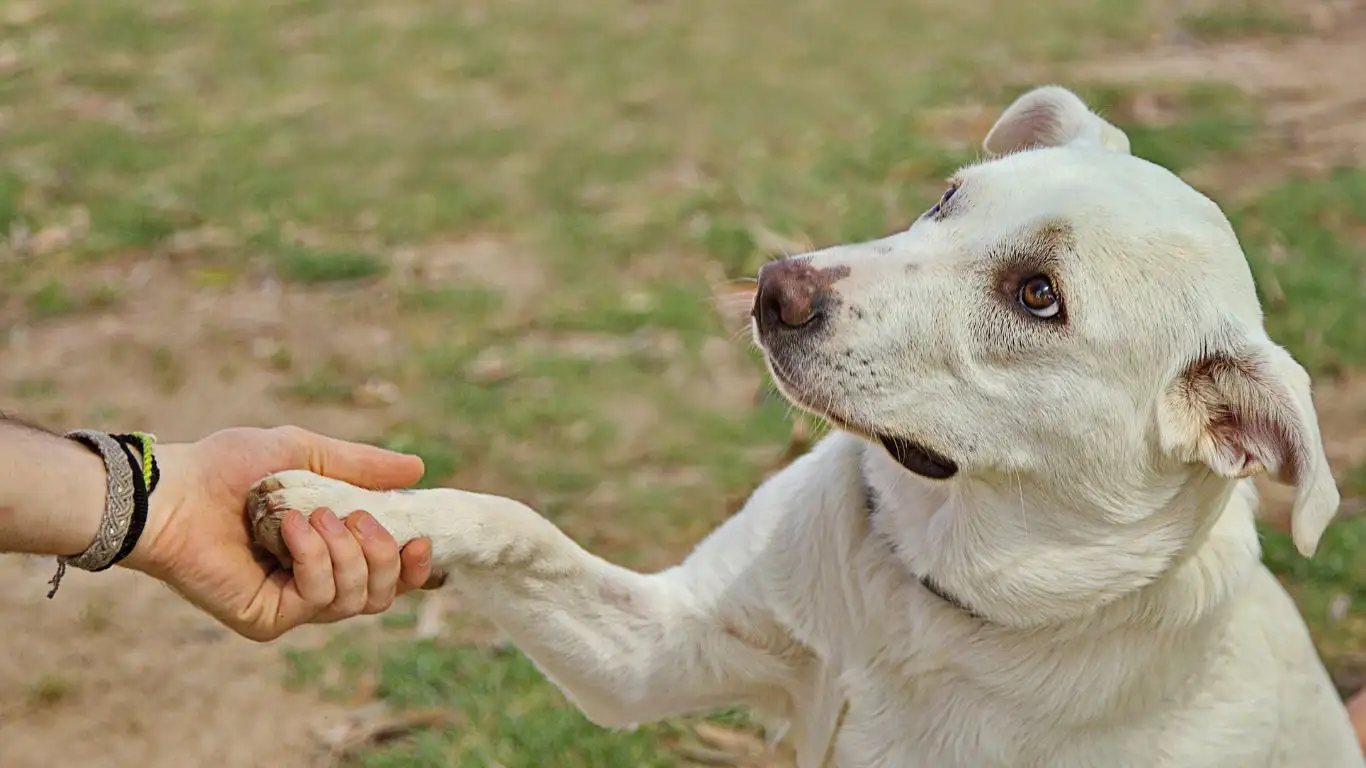
Here’s the part that trips up a lot of dog owners—trying to move too fast. Teaching how to train a dog to stop panicking when crated means starting with baby steps. You’re building trust, not enforcing obedience. And yes, that takes time, but the payoff is so worth it.
My Go-To Gradual Crate Introduction Routine
- Start outside the crate: Reward your dog for simply approaching the crate. Toss treats nearby and let them explore.
- Feed meals inside: One of my favorite tricks—place your dog’s meals inside the crate so they naturally begin to associate it with positive experiences.
- Close the door briefly: Once they’re comfortable going in, gently close the door for a few seconds while they’re eating. Open it before they finish.
- Gradually extend time: Increase the time slowly—seconds to minutes—always watching their comfort level.
- Practice with you nearby: Sit in the same room while they’re in the crate to reduce any feelings of isolation.
Don’t rush this. I had a golden retriever named Max who took nearly a month to be okay with the crate door closed for ten minutes. But when he finally settled in on his own, tail wagging and all, it was like watching a completely different dog.
Introducing Alone Time Without Anxiety
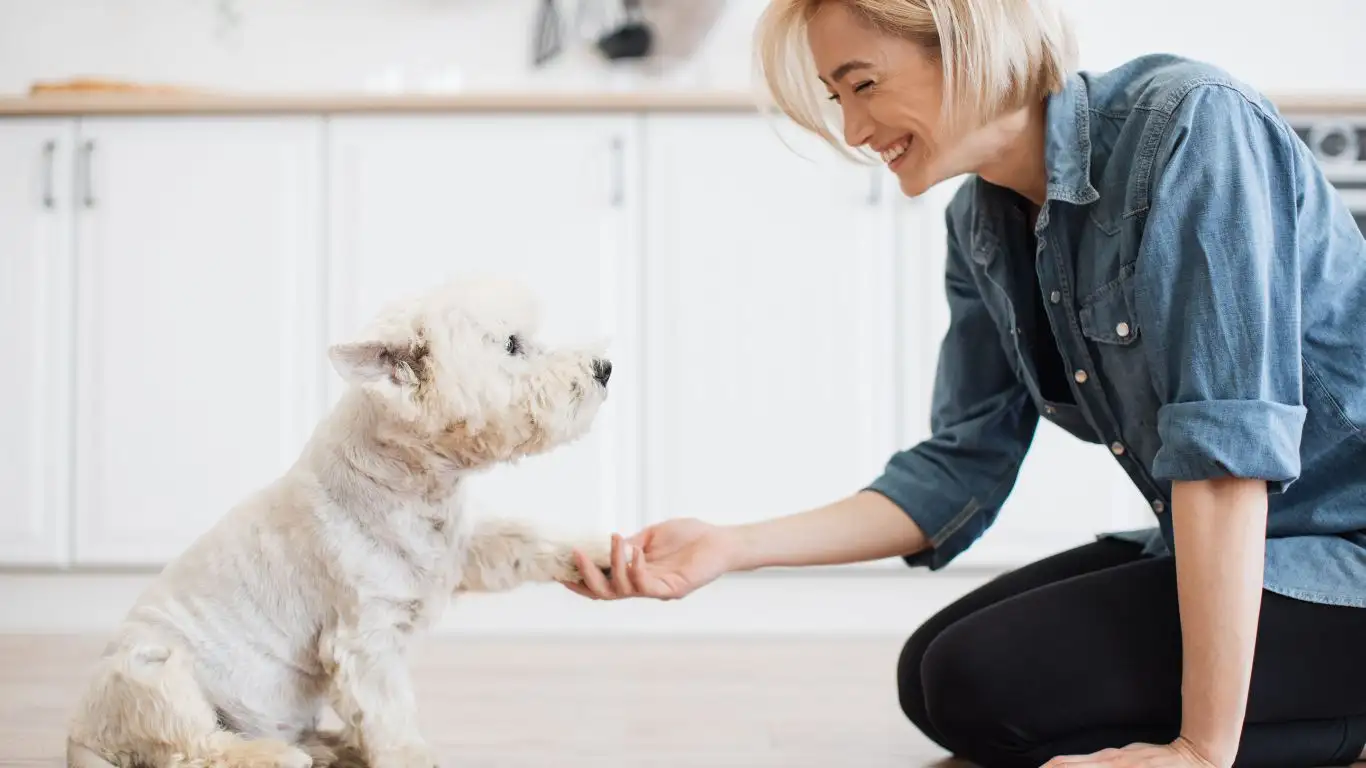
Once your dog is comfortable chilling in the crate with the door closed while you’re nearby, the next step is helping them stay calm when you’re not right there. This is where a lot of dogs start showing signs of panic again—and that’s okay. It’s totally normal for some setbacks to pop up.
One thing I do with dogs I train is practice “micro departures.” That means stepping out of the room for just a few seconds at a time and gradually building that up. With Leo, a spunky Boston Terrier I worked with, we started with me just walking to the other side of the room and then immediately coming back. I’d act like it was no big deal—no eye contact, no big goodbye or dramatic return. That casual energy helped Leo realize crate time wasn’t some scary abandonment ritual.
Tips for Practicing Alone Time
- Start super short: We’re talking 10–20 seconds. Use a timer if you have to.
- Keep it boring: No drawn-out goodbyes or over-the-top praise when you return.
- Mix it up: Leave the room from different doors or for slightly varied amounts of time so your dog doesn’t predict and fixate on patterns.
- Stay consistent: Short, frequent sessions are way better than occasional long ones.
The goal here is building confidence. You want your dog to learn, “Hey, just because the human disappears for a bit doesn’t mean it’s forever—or that anything bad is going to happen.”
How to Handle Setbacks Without Losing Progress
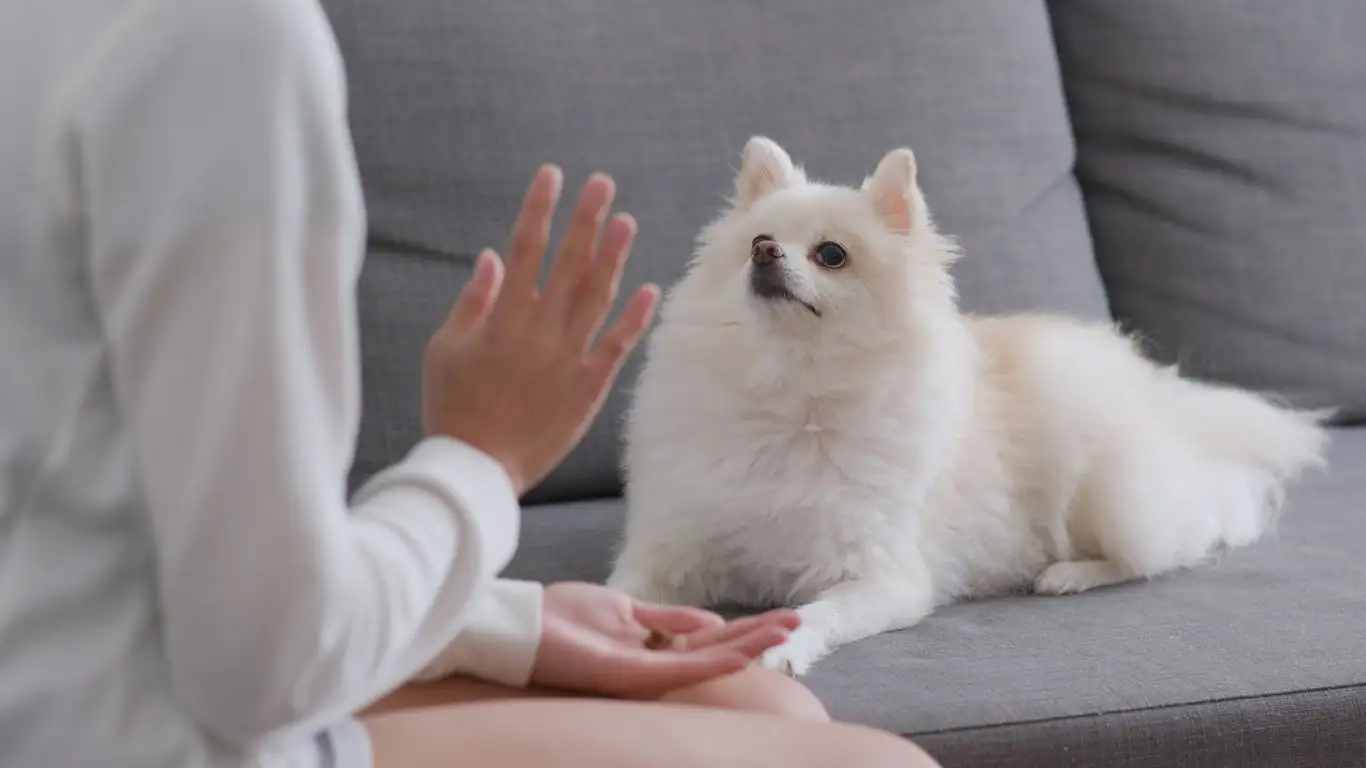
Let’s be real—crate training isn’t always a straight path. Dogs aren’t robots. Life happens. Your pup might do great for a week and then suddenly regress. Maybe a thunderstorm freaked them out, or you accidentally left them crated too long one day. Don’t beat yourself up. It happens to the best of us—even trainers.
I remember when my own dog, Milo, randomly barked his head off in the crate after months of calm behavior. Turns out, the landscapers were using a leaf blower right outside the window. One bad association can undo a bit of progress, but it’s never permanent. You just go back a step or two and rebuild confidence slowly. No shame in it.
When Things Go Sideways: What to Do
- Backtrack a little: If your dog freaks out, go back to the last point where they were comfortable and start from there again.
- Rebuild positive associations: Break out the treats, meals, toys—make the crate fun again.
- Keep your energy neutral: Dogs are little emotional sponges. If you’re frustrated, they feel it. Try to stay calm and confident.
- Watch for external stressors: Noise, new visitors, changes in routine—these can all mess with your dog’s progress.
One thing I always emphasize to my clients is this: progress isn’t about perfection. It’s about consistency and compassion. Trust me, even the most anxious dogs can come around with the right support.
Adding Crate Time to Everyday Life (Naturally)

Once your dog can hang out in the crate without panic, it’s time to normalize it as part of your daily rhythm—not just something you do before leaving the house. That’s one of the biggest shifts that made a difference for my clients (and my own dogs). Crates should be safe zones, not symbols of absence.
How to Make the Crate Part of the Routine
- Use it during down time: Encourage your dog to nap in their crate during the day, especially after walks or play sessions.
- Crate during me-time: Need 30 minutes to shower or get some work done? Pop your dog in the crate with a Kong or chew.
- Don’t make it a punishment: Never send your dog to the crate because they misbehaved. It should never feel like “time out.”
- Keep the door open when possible: Let your dog choose to enter and exit on their own when you’re home. That builds confidence big time.
I had a Great Dane client—Hazel—who used to cry every time she was crated. Once her humans started incorporating crate time into the day-to-day, rather than only when they left the house, Hazel started going in on her own. They sent me a picture of her curled up in her crate, door wide open, snoozing like a champ. Heart-melt moment.
The biggest takeaway here? Crate training is about trust. It’s about helping your dog feel like they’re safe even when they’re alone. And if you’ve ever had a dog go from panicking in a crate to snoozing peacefully inside one, you know how powerful that transformation can be.
When to Bring in Reinforcements: Knowing When to Get Help
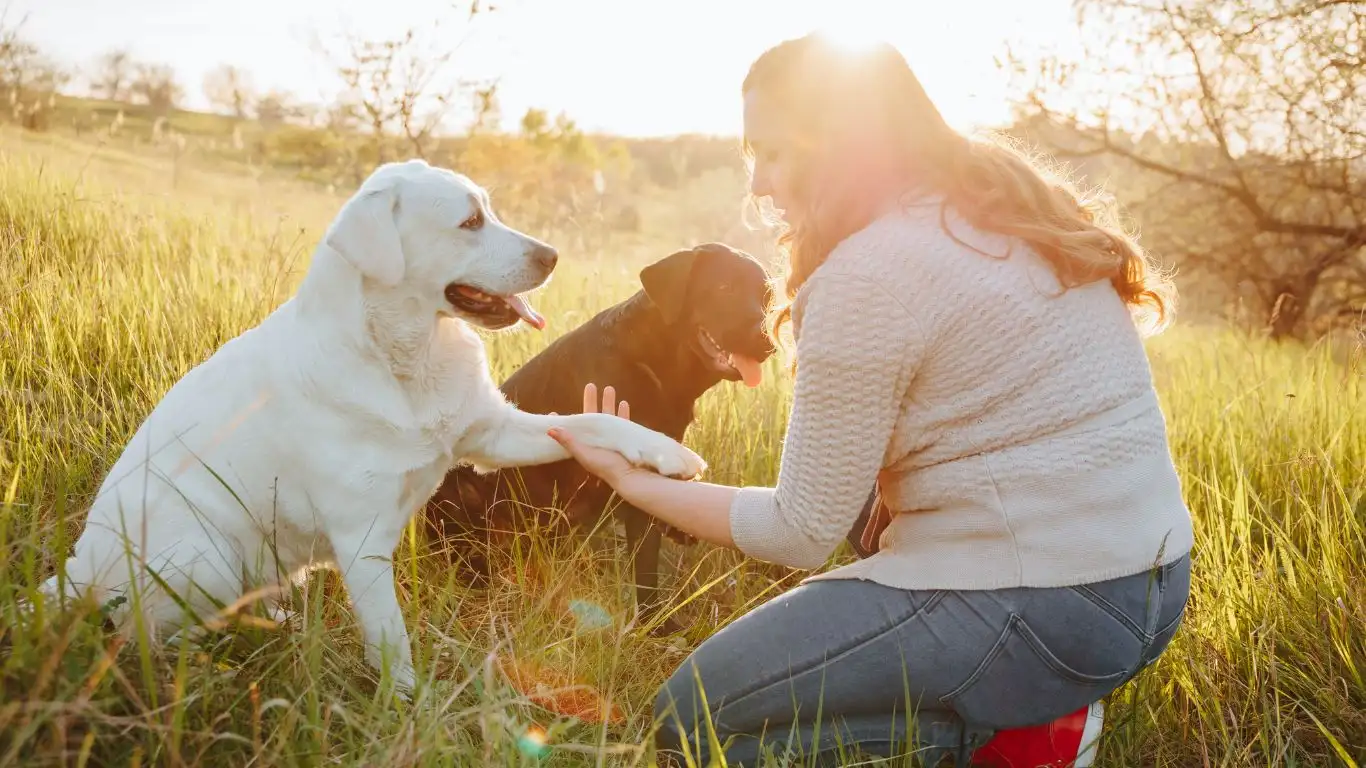
Alright, so you’ve put in the work—slow introductions, cozy crate setups, positive reinforcement galore—and your dog still flips out every time the crate door closes. First off, please don’t beat yourself up. Crate anxiety can be deep-rooted, especially in rescues or dogs with past trauma. Sometimes, the best thing you can do is tag in some outside help.
As someone who’s spent years working as a Canine-Assisted Therapy Trainer, I can’t tell you how often people think they’ve failed just because their dog still struggles. But listen, calling in a pro doesn’t mean you’re giving up—it means you’re committed. And the right trainer can change everything. I’ve had cases where just two or three sessions helped unlock a totally different mindset for the dog *and* the human.
What to Look for in a Dog Trainer
- Force-free philosophy: Avoid trainers who use punishment, shock collars, or anything that adds fear into the mix.
- Certified and experienced: Look for credentials like CPDT-KA or membership in associations like IAABC or APDT.
- Personalized approach: Every dog is different—what worked for your neighbor’s golden won’t necessarily work for your nervous doodle.
If you’re not sure where to start, talk to your vet or local animal behaviorist for recommendations. Sites like https://www.apdt.com also offer searchable directories for certified professionals.
Beyond the Crate: Supporting Your Dog’s Emotional Health

Crate training a panicked dog isn’t just about what happens *in* the crate—it’s also about what’s going on the rest of the time. A dog with excess energy or unaddressed anxiety won’t suddenly chill just because you toss them in a cushy crate. Their entire lifestyle supports—or sabotages—their success.
I once worked with a high-energy hound named Jasper who was crated while his family went to work. He’d howl for hours. But once we added daily scent walks, calming music during crate time, and some interactive feeders to keep his mind busy, the howling slowly faded. He just needed an outlet for all that brain buzz.
Daily Habits That Help Reduce Crate Panic
- Physical exercise: A tired dog is a calm dog. Morning walks or backyard playtime help burn energy.
- Mental enrichment: Puzzle toys, lick mats, frozen Kongs—anything that keeps your dog’s brain working in a fun, focused way.
- Calm environment: Use white noise or calming music to create a relaxed space, especially if your pup is noise-sensitive.
- Routine: Dogs thrive on predictability. Stick to a schedule where possible, especially around crate times.
And don’t forget—your vibe matters too. If you’re rushed or nervous when crating your dog, they pick up on that energy. Take a deep breath, move slow, and keep things positive.
Celebrating Wins—No Matter How Small
One of the most important things I’ve learned from working with anxious dogs is to celebrate every single win. Even if your dog only sits calmly in the crate for 30 seconds today, that’s progress. They didn’t used to do that. That matters.
Too often, we set the bar at “my dog should be able to be crated for 4 hours while I’m gone.” But when you’re starting from a place of panic, the goal is emotional safety—not endurance. And that kind of change builds slowly, in tiny moments of trust.
So whether your dog is halfway there or just beginning, give yourself some credit. The fact that you’re here, reading this, means you care—and your dog is lucky to have you.
References
- Association of Professional Dog Trainers
- ASPCA – Dog Behavior and Training Resources
- American Veterinary Society of Animal Behavior
Disclaimer
This article is based on my personal experience as a Canine-Assisted Therapy Trainer and is intended for educational and informational purposes only. Every dog is different, and what works for one may not work for another. For severe anxiety or behavioral issues, please consult a certified professional trainer or veterinary behaviorist.
